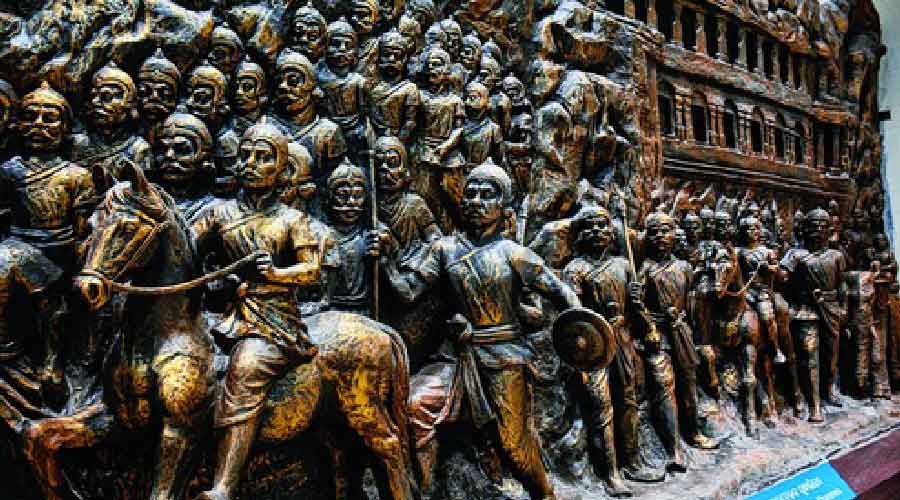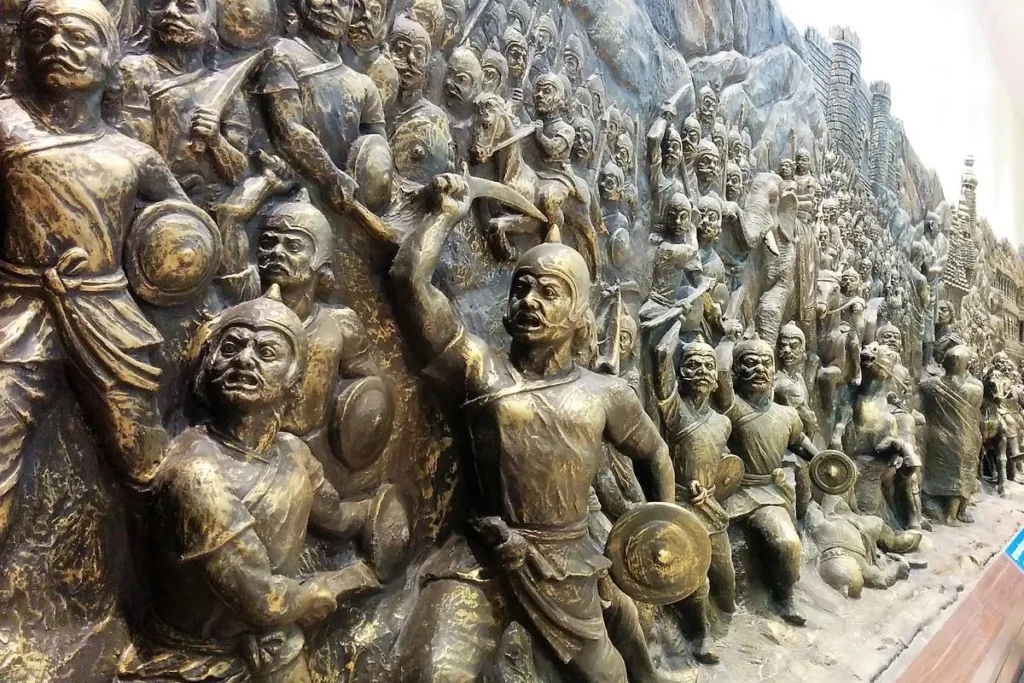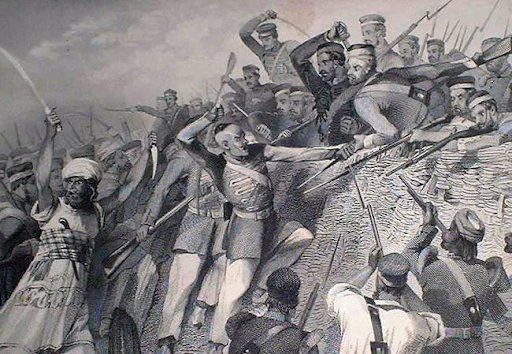History is filled with tales of resistance and rebellion, with brave men and women defying oppressors and fighting for their freedom. While some rebellions have achieved legendary status and are well-known across the globe, there are others that remain hidden, overshadowed by more prominent events. The Odia Paika Rebellion of 1817 falls precisely into this category, representing a forgotten chapter in Indian history that deserves to be brought to the forefront.
Originating in present-day Odisha, a state in eastern India, the Paika Rebellion was led by the Paikas, who were essentially a warrior class in the region. Odisha had long been a hub of skilled military leaders and fighters, known for their bravery and valor. However, they were subjected to the oppressive rule of the East India Company, which had emerged as a dominant force in India during the 18th century.
The spark that ignited the rebellion was the East India Company’s decision to increase land revenue and institute various unfair tax policies on the local population. The Paikas, who had for centuries served as the first line of defense for the local kings, grew increasingly disillusioned by the British policies and decided to take a stand.

Led by their leaders, Buxi Jagabandhu Bidyadhar Mohapatra and Bakshi Jagabandhu, the Paikas rose in revolt against the British in 1817. They gathered a force of around 400 Paikas armed with traditional weapons such as swords, spears, bows, and arrows. Their determination and spirit were unmatched as they took on the might of the British empire.
One of the notable battles of the rebellion took place at Khurda, where the Paikas successfully defeated the British forces and reclaimed the region. Their success sent shockwaves through the British authorities, who had never expected such fierce resistance from a supposedly overpowered local force. The rebellion spread like wildfire, with many other regions joining the cause.
The Paikas not only fought against the British forces but also united people from diverse backgrounds, including peasants and tribal communities, under a common purpose. They inspired hope and gave people a reason to fight for their rights, igniting a sense of nationalism that transcended caste, creed, and class.
However, despite their initial success, the rebellion was eventually suppressed by the British, who brought in reinforcements and superior weaponry. The Paikas fought bravely until the end, but the might of the British military proved too powerful.
You can read our another post on Metal Craft of Odisha

The impact of the Paika Rebellion of 1817 cannot be emphasized enough. While it may not have achieved its ultimate objective of overthrowing the British rule, it played a pivotal role in shaping the independence movement in India. The rebellion laid the groundwork for future freedom fighters, who drew inspiration from the resistance exhibited by the Paikas.
Unfortunately, the Odia Paika Rebellion has been largely overlooked and forgotten in the annals of history. The heroism and sacrifices made by the Paikas deserve to be celebrated and remembered. Efforts should be made to bring this forgotten chapter to light, educating present and future generations about the struggles and resilience of their ancestors.
By acknowledging and learning from local uprisings like the Paika Rebellion, we gain a more holistic understanding of India’s fight for independence. It is a reminder that history is not just about the grand events and prominent figures, but also about the countless unsung heroes who contributed to shaping a nation’s destiny.
The Odia Paika Rebellion of 1817 stands as a testament to the indomitable spirit of ordinary people and their determination to resist oppression. It is high time that this remarkable episode in Indian history is given the recognition it deserves, not only in Odisha but also across the nation and the world.

Writer A FAQ For The Odia Paika Rebellion of 1817: Unveiling the Forgotten Chapter in Indian History
What was the Odia Paika Rebellion of 1817?
The Odia Paika Rebellion of 1817 was an armed uprising in the Odisha region of India against the British East India Company’s rule. Paikas, the traditional landed militia of Odisha, revolted against the imposition of unjust taxes, forced labor, and oppressive policies by the British administration.
What were the causes of the Odia Paika Rebellion?
The main causes of the Odia Paika Rebellion were the oppressive policies of the British East India Company, such as high land taxes, restrictions on agriculture and trade, forced labor, and the destruction of traditional socio-economic structures. The Paikas of Odisha, who had previously enjoyed autonomy under local rulers, felt their rights were being violated and rose in revolt.
Who led the Odia Paika Rebellion?
The Odia Paika Rebellion was led by Bakshi Jagabandhu Bidyadhar Mohapatra, a prominent Paika leader and military general. He organized and coordinated the rebels, rallying support from different regions of Odisha. His leadership and military prowess played a crucial role in the rebellion’s initial success against the British forces.
What were the consequences of the Odia Paika Rebellion?
Though the rebellion was eventually suppressed by the British, it left a lasting impact on the freedom movement in Odisha. The British administration faced significant setbacks in terms of military casualties and loss of control over the region. The rebellion also united the people of Odisha against British oppression and inspired further resistance movements in the years to come.
How did the Odia Paika Rebellion contribute to India’s struggle for independence?
The Odia Paika Rebellion marked an important chapter in India’s struggle for independence as one of the earliest widespread armed uprisings against British colonial rule. It set a precedent for future rebellions and influenced the rising tide of nationalism across the country. The legacy of the Odia Paika Rebellion continues to inspire and remind Indians of the courage and resilience displayed by their ancestors in the fight against colonialism.
